#university of cambridge
Text
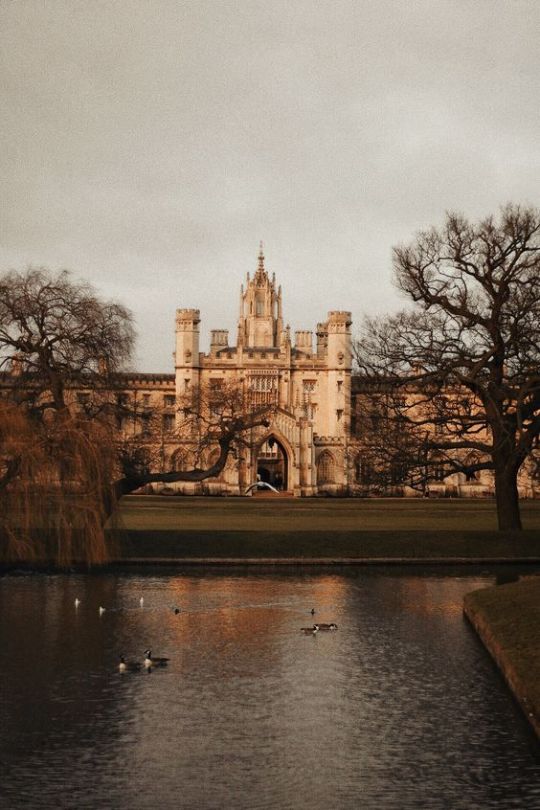

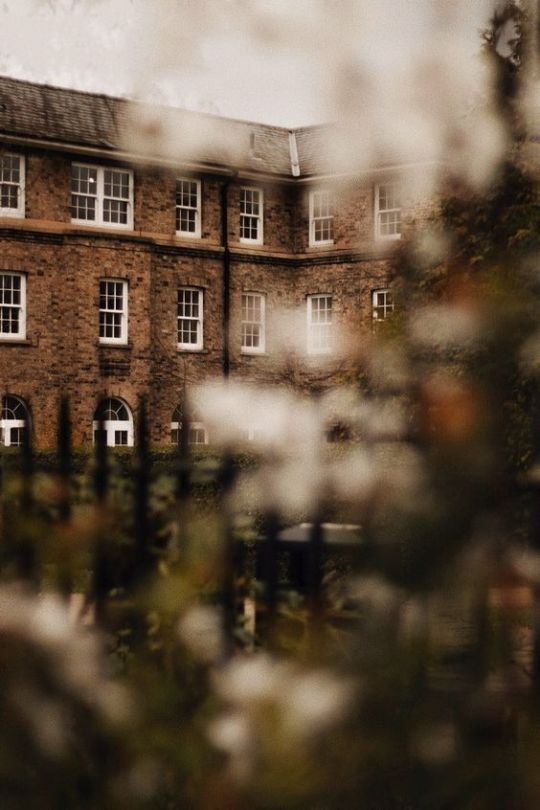

Autumn in Cambridge
#aesthetic#moodboard#edit#dark academia#aes#light academia#art#cottagecore#dark academia aesthetic#autumn#cambridge#university of cambridge#light aesthetic#dark cottage#dark aesthetic#cozy#cozycore#cozy aesthetic#cozy cottage#cozy games#leaves#fall#warm and cozy
1K notes
·
View notes
Photo

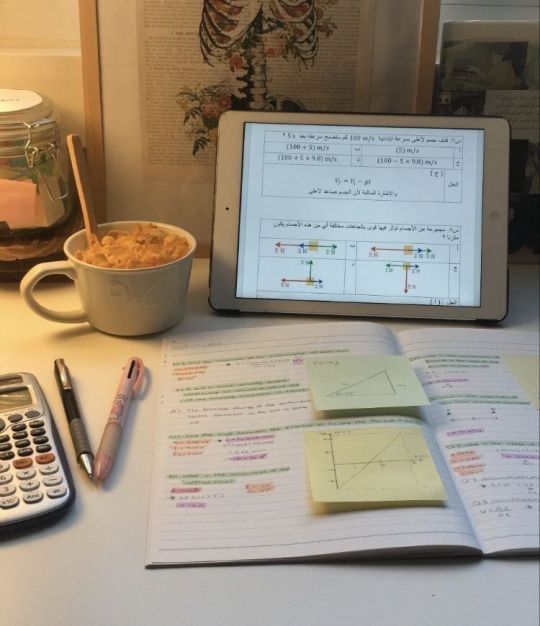
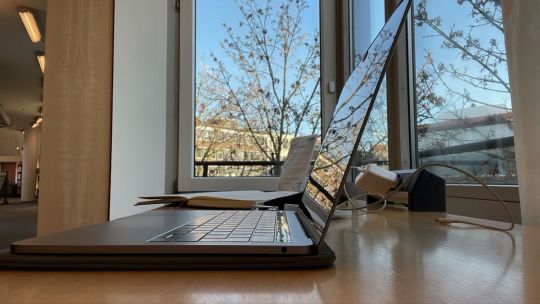

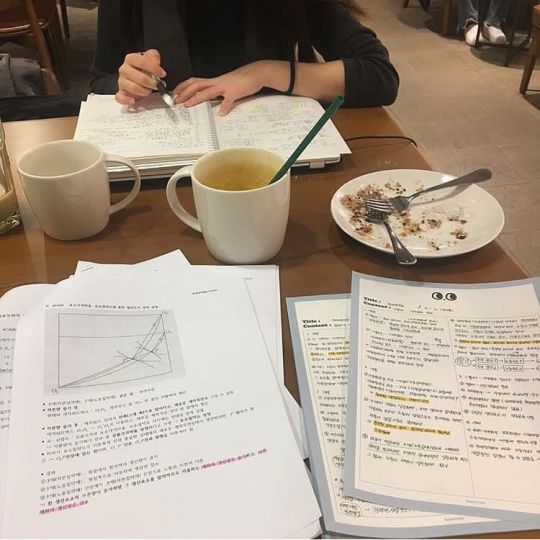
#study enthusiast#study inspiration#uni student#university student#studying#Aesthetic#college student#law student#ruby granger#Gilmore Girls#rory gilmore#paris galler#Spencer Hastings#university#uni life#uni#college#college life#ivy league#university of cambridge#oxford#yaleuniversity#oxford university#book blog
936 notes
·
View notes
Text

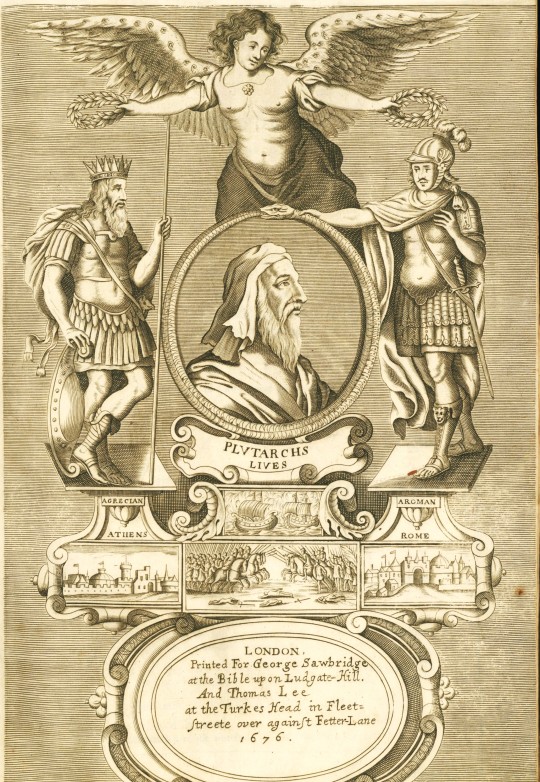

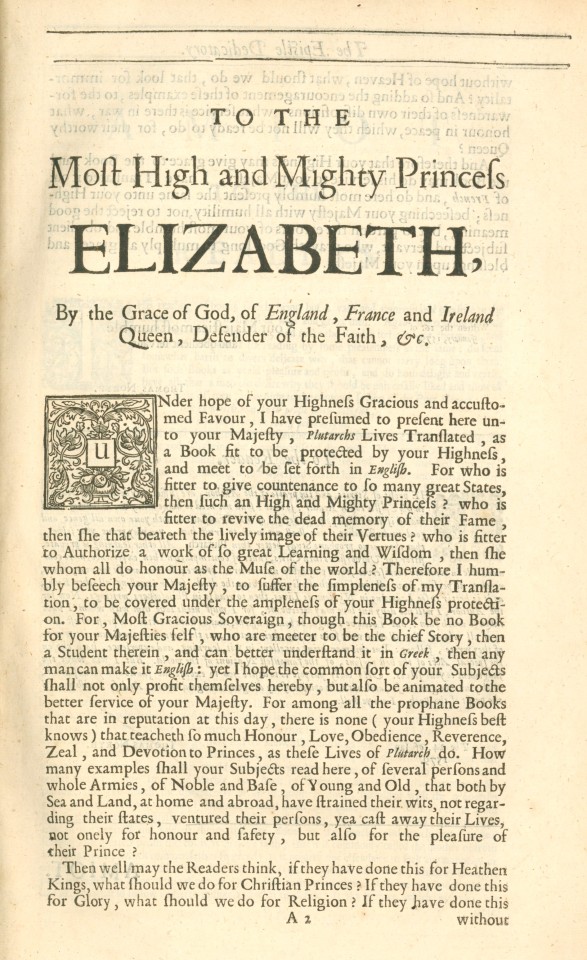



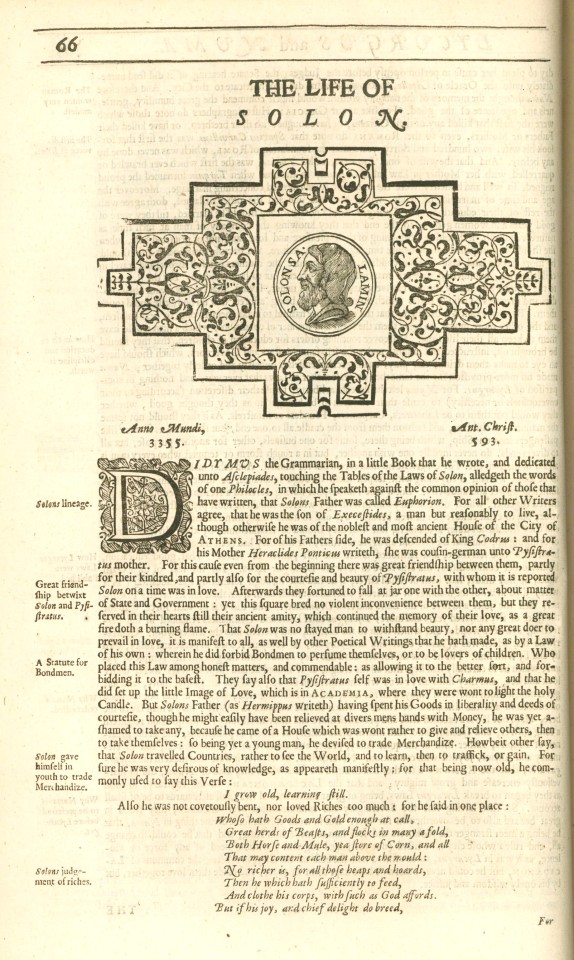

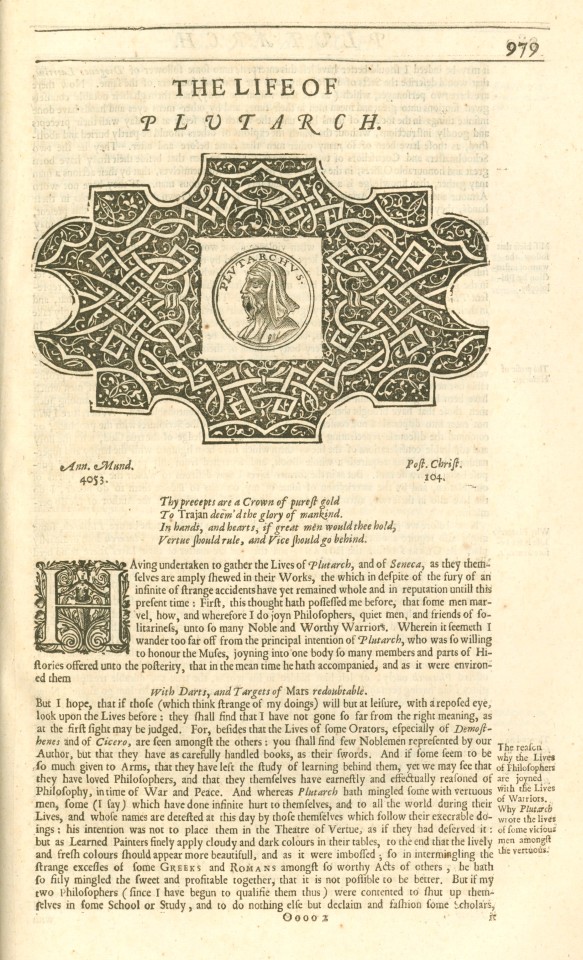
Classic Profiles
This is a 1676 edition of The Lives of the Noble Grecians and Romans, compared together by the 1st-century BCE Greek philosopher and historian Plutarch of Chaeronea, printed by the printer to the University of Cambridge John Hayes for the bookseller George Sawbridge. Originally written in Greek, Plutarch's Lives appeared in print for the first time as a Latin translation in 1470, and this English translation by Sir Thomas North was first published in 1579 from a French translation by James Amiot (Jacques Amyot). The text is a collection biographies of famous Greeks and Romans, including Alexander the Great, Pericles, Tiberius Gracchus, and Cicero. These figures left an indelible mark on history, their lives and achievements shaping the world as we know it.
Sir Thomas North (1535 – c. 1604) was an English translator and lawyer significantly contributing to English literature. His translation of Plutarch's Lives served as the primary source text for William Shakespeare's Roman plays, a testament to his work's enduring influence. This translation is regarded as one of the earliest examples of exceptional English prose. It was followed by another edition in 1595, which included updated biographies. A third edition of North's Plutarch was published in 1603, including even more translated Parallel Lives and a supplement of other biographies.
Jacques Amyot (1513-1593), a French scholar, writer, and translator, made substantial contributions to the field of translation and literature. His work on the translation of Plutarch's Lives (1559-1565) was instrumental in shaping the literary landscape of his time and laid the foundation for future translations and interpretations of Plutarch's work.
The first edition of this book was dedicated to Queen Elizabeth I. This dedication reflects the book's significance and provides a glimpse into the political and cultural landscape of the time, adding another layer of depth to the reader's understanding. Plutarch’s Lives helped shape the understanding of the classical Greek democracies and oligarchies of the Roman Republic and the role attributed to their founders—among them the legendary Lycurgus of Sparta and the Athenian lawgiver Solon.
-Melissa, Special Collections Classics Intern
View other Classics posts
#classics#greek posts#greece#roman#cambridge#plutarch#ancient greece#roman republic#alexander the great#lycurgus#solon#queen elizabeth i of england#biography#sappho#constantine the great#pericles#Thomas North#James Amiot#Jacques Amyot#John Hayes#university of cambridge
108 notes
·
View notes
Text
All Different Endings of Maurice and Alec from E.M. Forster's Maurice
Having been to the King's College archive myself, as well as read the Abinger edition of Maurice (which examines the differences between various versions of the manuscripts stored at the archive), I can conclude that there are 3 main different versions of the novel: from 1914, 1932, and 1952-1959, each differing from one another in Forster's treatment of the relationship between Maurice and Alec after the British Museum.
1914 version:
Order: British Museum - Southhampton - Penge with Clive - Epilogue
NO HOTEL SCENE, NO BOATHOUSE
In this version, Maurice and Alec do not spend the night together after the British Museum; Alec asks Maurice to but Maurice refuses with a long speech about how they shouldn't be together because of their class differences. So they part ways instead.
Maurice, however, does go to the Southhampton to see Alec off. After not seeing Alec there, Maurice leaves with Reverend Borenius at end of the chapter directly to Penge to say goodbye to Clive.
The reunion between them is implied first during Maurice's farewell to Clive—"I've wired to him (that I understand why he missed the boat)"—and then specifically illustrated in the written epilogue.
1932 version:
Order: British Museum - Southhampton - Penge with Clive
NO HOTEL SCENE, NO BOATHOUSE, NO EPILOGUE
The British Museum chapter is pretty much the same as the published version.
Maurice and Alec stay the night but there is NO hotel chapter written out. Their night together is only described in 4 lines at the beginning of the Southampton chapter as an "unwise escapade".
The scene thus goes from Maurice saying "To hell with with it" directly to him at the Southampton.
The end of the Southampton chapter as well as the farewell chapter with Clive conform to the 1914 version: i.e. no boathouse reunion.
Epilogue by 1932 had already been disregarded by Forster, so the only clue we have to the reunion between Maurice and Alec is Maurice's line "I've wired to him (that I understand)".
Therefore the 1932 version is the least hopeful in regards to the happy ending between Maurice and Alec.
1950's version:
Order: British Museum - Hotel - Southhampton - Boathouse - Penge with Clive
This is basically the final and published version that we all have read.
The hotel chapter was drafted out in 1952 and added to the 1932 manuscript.
But it wasn't until 1958 that Forster was able to finally and fully pen out how Maurice and Alec reunite at the boathouse.
It must be noted that Forster had troubles finding a way to bring Maurice and Alec together, and in fact refused to reunite them for decades. The boathouse reunion, Alec sending a wire to Maurice, and Maurice not receiving that wire but instinctively knowing where Alec is nonetheless—all were only conceived by Forster in 1958.
Therefore—and this is really the most touching and important part—according to scholars and editors of the Abinger edition...
"now we shan't be parted no more, and that's finished" were by logic the very last words Forster had written for the novel. Alec's promise marks the end of Maurice's search for a friend, as well as the end of Forster's writing progess for Maurice. It is both a fictional and a real-life farewell.
#em forster#maurice#maurice 1987#maurice em forster#maurice hall#alec scudder#em forster maurice#clive durham#university of cambridge#kings college#gay novels#gay literature#homosexuality#happy ending#gay books#edwardian era#dark academism#dark academia#dark acadamia aesthetic#dark acadamia quotes#dark acamedia
503 notes
·
View notes
Text

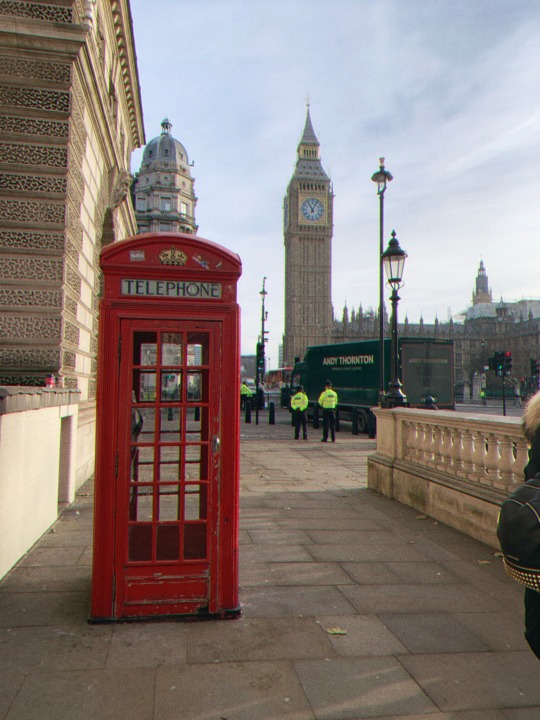

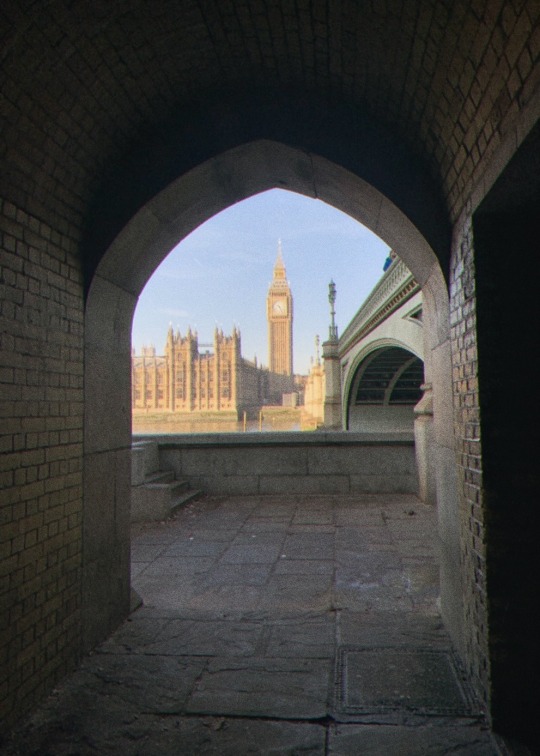


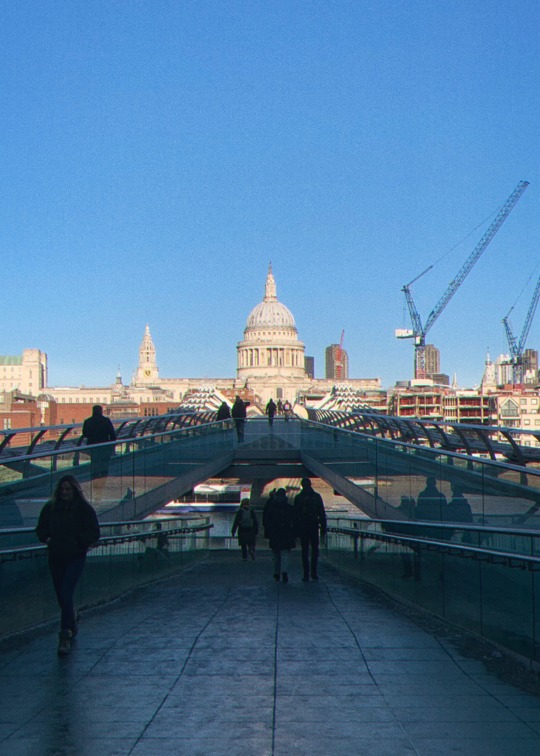

To walk alone in London is the greatest rest
Virginia Woolf
#london#europe#uk#united kingdom#dark acadamia aesthetic#moodboard#winter#university of cambridge#oxford#dark romanticism#dark academia moodboard#dark academia vibes#light academia moodboard#light academia aesthetic#light academia#dark acadamia quotes#virginia woolf#poems and quotes#literature quotes#book quotes#quoteoftheday
261 notes
·
View notes
Text

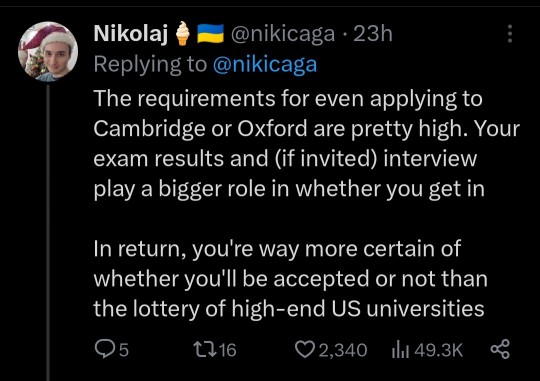
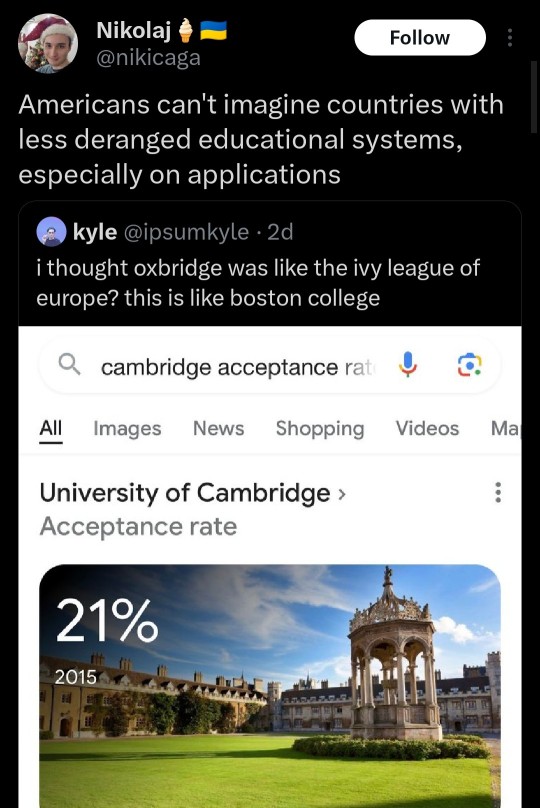
122 notes
·
View notes
Photo

6.4.23 | hitting up the cambridge history library
discovered humanities libraries. they’re absolutely massive compared to science libraries!!!! i’m hiking up to sidgewick site more often for sure
#studyblr#mid-afternoon-studies#cambridge#university of cambridge#cambridge university#studygram#studytube#studyspo#study space#library#study aesthetic
345 notes
·
View notes
Text



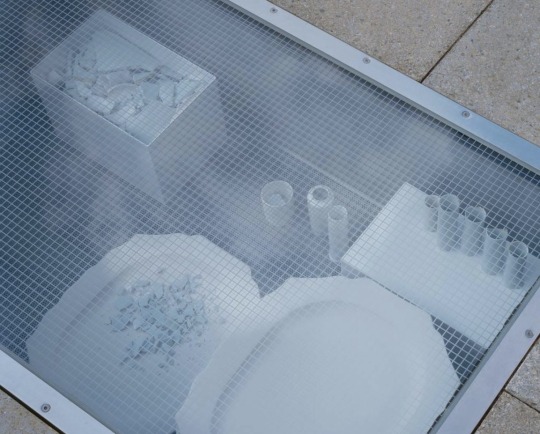

‘A Local History’ by Edmund de Waal (2012) photog: Hélène Binet
#edmund de waal#art#exhibit#art exhibition#artcore#porcelain#dishes#history#art aes#aes#artsy#aesthetic#england#glasscore#sculptures#cambridge#university of cambridge#urban#urbancore#city#city art#artist#artwork#arts
93 notes
·
View notes
Text

study study study!
trying to keep myself motivated for my final exam on the 14th (a week tomorrow)
#cambridge university#university of cambridge#first year#fresher#education#study space#study aesthetic#study inspo#study motivation#studyinspo#study#study notes
190 notes
·
View notes
Text
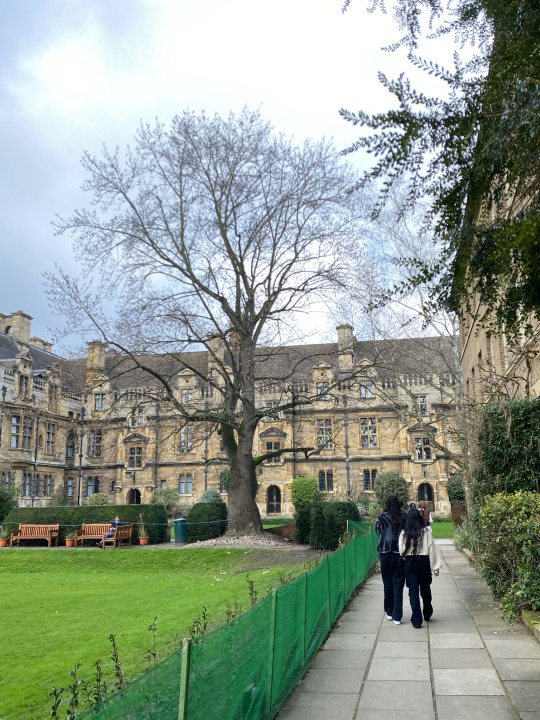
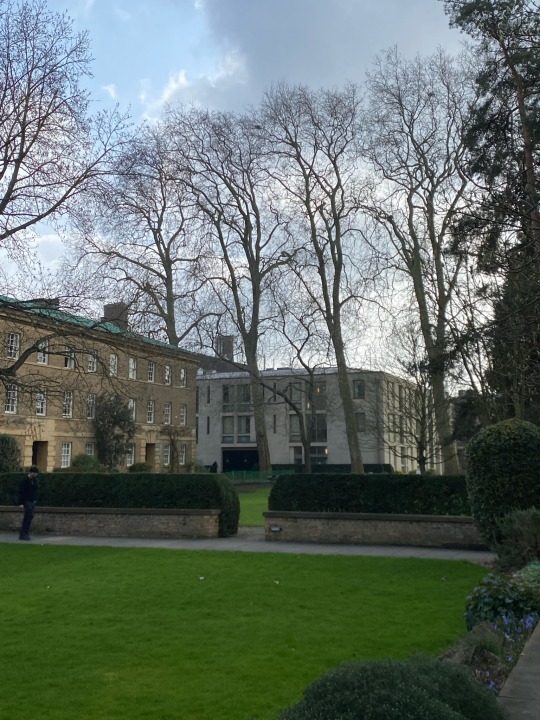
i actually had the privilege of visiting pembroke college at the university of cambridge last week, and let me tell you it was so beautiful! it’s a shame they don’t make buildings like these anymore, i couldn’t stop taking photos and walking around. stunning.
30 notes
·
View notes
Text
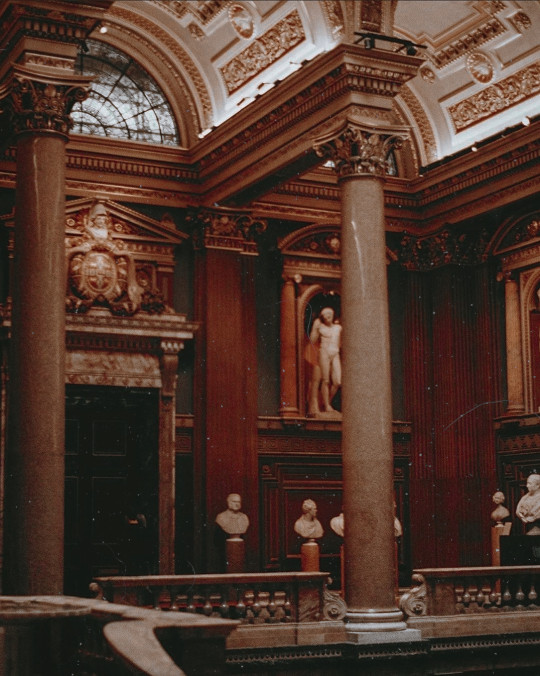

Fitzwilliam Museum by fieldnotesbyfi.
#fitzwilliam museum#university of cambridge#cambridge#museum aesthetic#art museum#museum collections#england art#english art#english architecture#alternative#aesthetic#dark academia#dark academic aesthetic#dark aesthetic#aestheitcs#dark#art#light acadamia aesthetic#light academia
2K notes
·
View notes
Text
University of Cambridge made a study relating to Hilda!
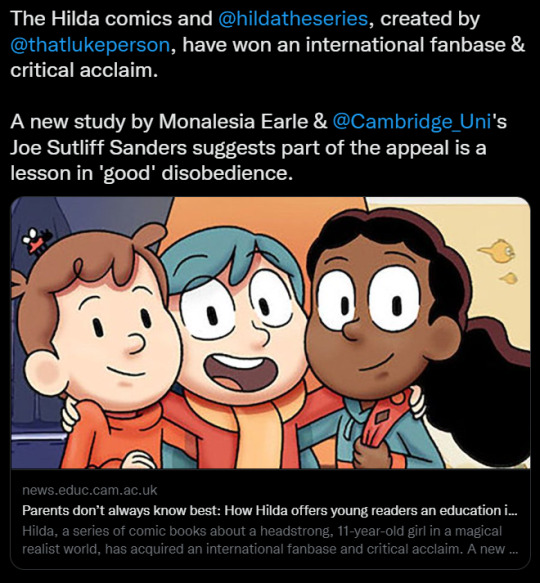
You can watch their article here: https://news.educ.cam.ac.uk/230105-Hilda
257 notes
·
View notes
Text

#free gaza#free palestine#gaza strip#irish solidarity with palestine#palestine#gaza#news on gaza#al jazeera#boycott israel#israel#Arthur Balfour#Palestine Action#Protest#University of Cambridge#UK
25 notes
·
View notes
Text
🇬🇧🇵🇸 People protesting against the West's policies towards the Palestinian people vandalized the historical painting of "Lord Balfour" at Trinity College, Cambridge University by spraying and cutting it down.
#united kingdom#uk#palestine#gaza genocide#gazaunderattack#free gaza#gaza strip#gaza#university of cambridge#cambridge university#news update#human rights#war news#genocide#tel aviv#antisemitism
25 notes
·
View notes
Text
my mom telling me im switching schools after applying for the cambridge program-
17 notes
·
View notes
Text
The University of Cambridge is among almost a dozen UK universities accused of helping to develop Iran’s weapons including “suicide drones”.
At least 11 British universities are involved, with staff producing at least 16 studies with potential Iranian military applications.
Key pieces of research have been conducted by academics at the University of Cambridge, Imperial College London, the University of Glasgow, Cranfield University and Northumbria University.
In one project, funded by Tehran, researchers in the UK worked to improve drone engines by boosting their altitude, speed and range. Another British university worked with Iranian researchers to test new controls for jet engines to increase their “manoeuvrability and response time” in military applications.
“It is quite possible these collaborations are assisting in the gender apartheid within Iran, and its hostile interference and violence across the Middle East or even helping to massacre civilians in Ukraine,” she added.
#ukraine#war in ukraine#iran#uk#uk news#University of Cambridge#war#drones#military drones#military#Imperial College London#University of Glasgow#Cranfield University#Northumbria University
83 notes
·
View notes